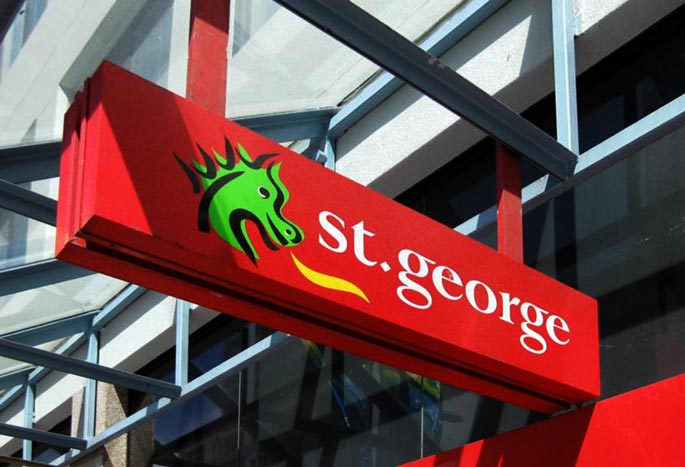From Mortgage Professional Australia.
Owner-occupiers targeted as often as investors, data by CANSTAR shows, as banks look to improve margins.
67 owner-occupier variable rates increased in April, data by comparison site CANSTAR demonstrates. Over the same period, 67 variable investment loan rates were increased, going against the idea that investors are being uniquely targeted by banks and regulators.
The average standard variable rate for owner occupiers is 4.50% and the average basic variable stands at 4.25%. Investor rates did increase more steeply in April – by an average of 0.18% compared to 0.08% – and so the standard variable investor loan now has a rate of 4.83%. Both groups only saw very small numbers of rate decreases under 10 in both cases.
The surge in rate increases occurred despite the RBA holding the cash rate steady in April. Nor do many economists expect an imminent rate rise; 81% of Finder’s economists’ panel didn’t expect a rate increase until 2018.
CANTAR group executive Steve Mickenbecker suggested the rate rises had more to do with bank margins than the cash rate. “The big four banks have been required to contribute a greater degree of capital for their home loans than in the past several years,” said Mickenbecker, “capital’s costly, so to maintain their return on equity, they’re in a position where they do have to increase the margin on home loans, and that’s what we’re seeing here.”
Pressure to improve margins was increased by the slowdown of lending, Mickenbecker added, which would slow the growth in bank loan books and hence returns. It’s possible the banks were also making up for very low rates on loans last year, noted Mickenbecker: “there was a lot of discounting going on, with a lot of under-the-table discounting happening, so we were told.” Data for discounting is mainly anecdotal, however.
Mickenbecker doesn’t expect the surge in rate hikes to continue. “The big four have all moved now, over the last couple of months and they’re really the rate setters in the industry,” Mickenbecker told MPA, “I think it would be difficult for them to immediately apply another rate increase: I think they’ll probably have to sit on their hands for another couple of months.”








